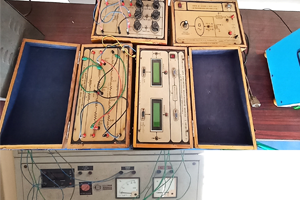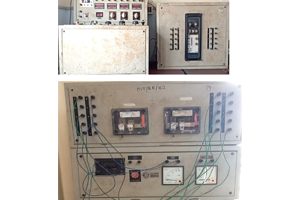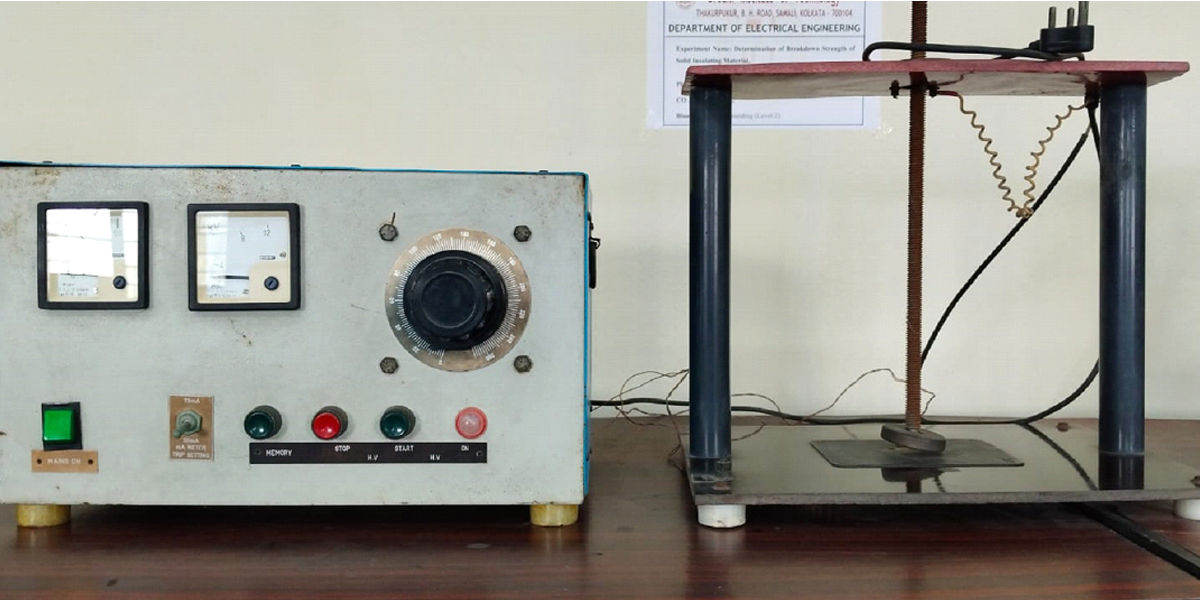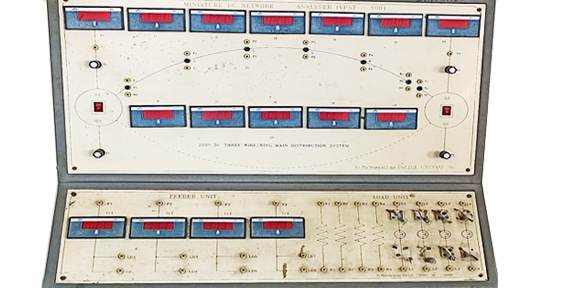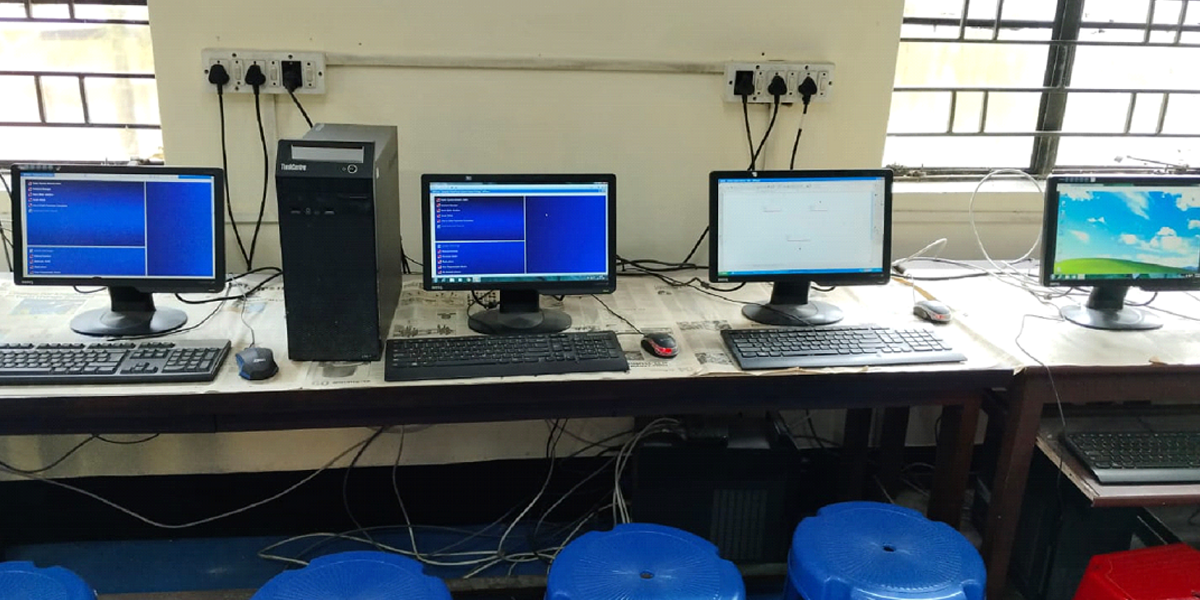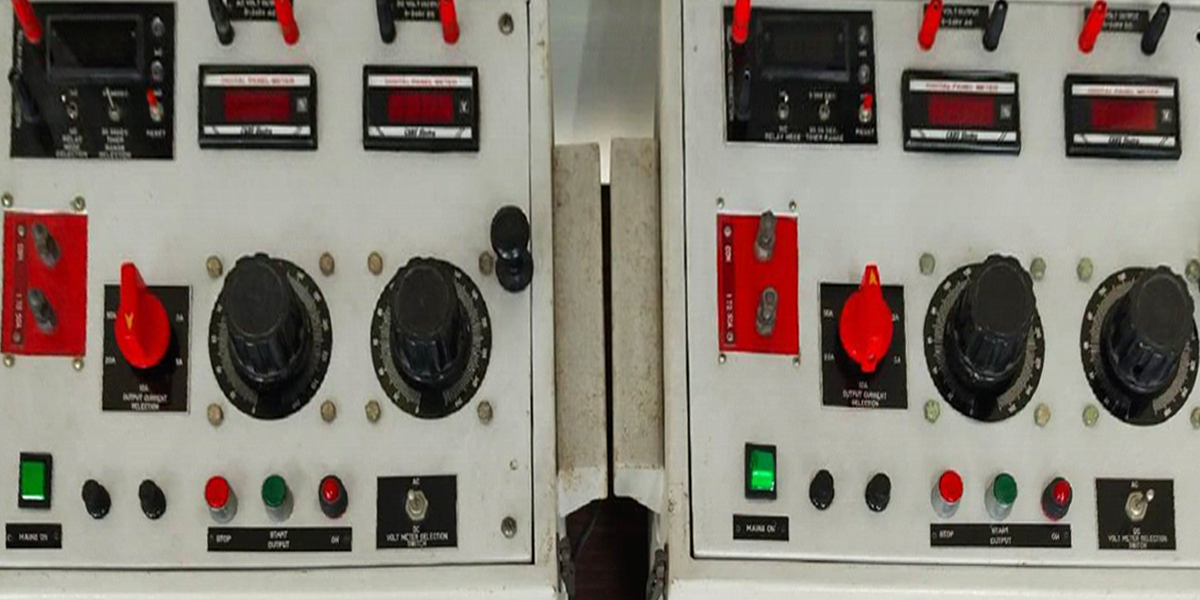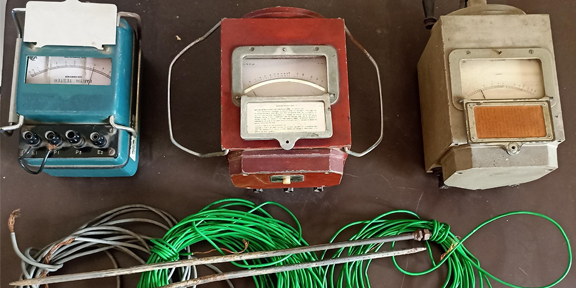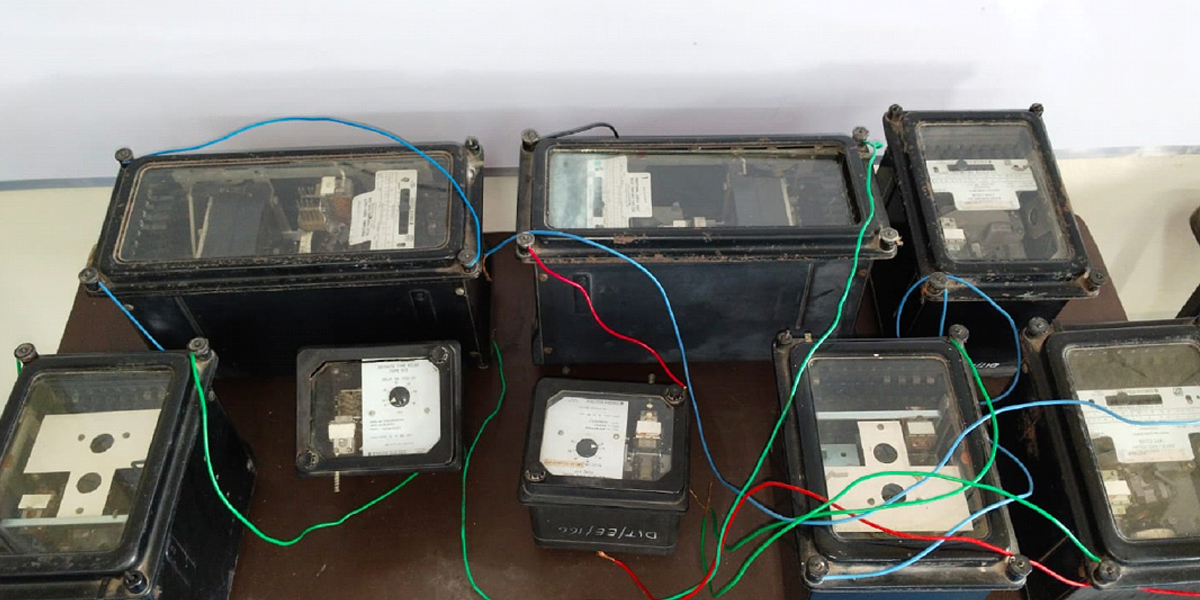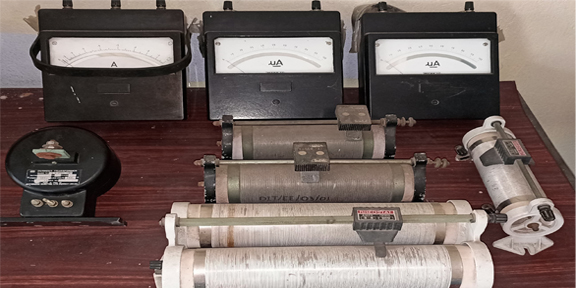| DEPARTMENT |
NAME OF THE SUBJECT WITH COURSE CODE |
SYLLABUS (NEW/OLD) |
YEAR & SEMESTER |
| EE |
Power System-I Lab (PC-EE-592) |
NEW |
3rd year 5th Sem (UG) |
| EE |
Power System-II Lab (PC-EE-691) |
NEW |
3rd Year 6th Sem (UG) |
Objective:
The objective of a Power System is an essential part of electrical power system design, have an idea of basic structure of power stations and systems. Learnt the three main components of power system namely generation, transmission and distribution and various components and parameters related to overhead transmission lines and underground cables.
Students will be also able to analyze the performance of the power system networks by conducting various experiments along with load flow solutions. They also learn to study different power system instrument for application to the experiment and construct circuits with appropriate instruments and safety precautions. Moreover, students will also learnt different characteristics of transmission line by using software & hardware along with different properties of transformer oil.
Some specific objectives include:
- Understanding Thoughts: By applying theoretical knowledge to practical scenarios, students can better understand Power Systems and related research ideas.
- Skill Development: Developing practical skills in designing, analyzing, and implementing large power system networks into modern power system simulation and its surrounding areas.
- Experimental Authentication: Students can validate theoretical concepts by observing real-time phenomena in modern power system networks.
- Troubleshooting: One can enhance their problem-solving skills by troubleshooting and diagnosing faults in large power system networks.
- Safety Consciousness: When working with high-voltage AC power systems such as insulating oil and breakdown strength, it is crucial to implement strong safety protocols and practices.
- Project Work: Students have the chance to create, simulate, and implement various power system research projects, including Smart Grid and Electric Vehicles.
The Power System Laboratory aims to equip students with practical skills and knowledge in Power Systems, Smart Grids, Electric Vehicles, Renewable Energy Systems, and related areas.
EXPERIMENTS PERFORMED IN THIS LABORATORY:
⦁ Power System-I Lab (PC-EE-592)
- Determination of the generalized constants A, B, C, D of long transmission line and regulation of a 3-Φ transmission line model.
- Study of Distribution System by Network Analyzer.
- Measurement of Earth Resistance by Earth Tester.
- Determination of Dielectric Strength of Insulating oil.
- Determination of Breakdown Strength of Solid Insulating Material.
- Determination of parameter of 3-Φ transmission line model by Power Circle Diagram.
- Study of Different Types of Insulators.
- Study of Active and Reactive power control of Alternator.
- Study and analysis of an Electrical Transmission line circuit with the help of Software.
- Determination of Dielectric Constant, tan delta, Resistivity of Transformer Oil.
Course outcome: After completion of this course, the learners will be able to
- • Identify appropriate equipment and instruments for the experiment.
- • Test the instrument for application to the experiment.
- • Construct circuits with appropriate Instruments and Safety precautions.
- • Validate different characteristics of Transmission line.
- • Determine earth resistance, dielectric strength of insulating oil, breakdown strength of solid insulating material and dielectric constant of transformer oil.
- • Analyze an electrical transmission line circuit with the help of software.
- • Work effectively in a team.
⦁ Power System-II Lab (PC-EE-691)
- Study on the characteristics of ON load time delay relay and OFF load time delay relay.
- Test to find out Polarity, Ratio and Magnetization Characteristics of CT and PT.
- Test to find out characteristics of (a) under voltage relay (b) earth fault relay.
- Study on DC load flow.
- Study on AC load flow using Gauss-seidel method.
- Study on AC load flow using Newton Raphson method.
- Study on Economic Load Dispatch.
- Study of Different Transformer Protection Schemes by Simulation.
- Study of different Generator Protection schemes by Simulation.
- Study of different Motor Protection Schemes by Simulation.
- Study of Different Characteristics of Over Current Relay.
- Study of Different Protection Scheme for Feeder.
Course outcome: After completion of this course, the learners will
- • Identify appropriate equipment and instruments for the experiment.
- • Test the instrument for application to the experiment.
- • Construct circuits with appropriate instruments and safety precautions.
- • Validate the characteristics of Under Voltage Relay, Over Current Relay, Earth Fault Relay, On load time Delay Relay, Off Load time delay Relay, CT and PT.
- • Validate protection schemes of Transformer, Generators, Motor and Feeder.
- • Apply Software tools to find bus voltages, current and Power Flows throughout the Electrical System.
- • Work Effectively in a team.
Major Facilities available in this laboratory:
- Smart Grid Simulator, 6 GS, 2 Transmission Line, 6 type of loads, communication by LCD & PC manufactured by VI Microsystem Pvt. Ltd. Type: VPST-SGS-01
- AC Transmission Line Simulator Trainer Kit (VPST-101A, VPST-101B, VPST-101C & VPST-101D) manufactured by VI Microsystem Pvt. Ltd.
- DC Distribution System Network Analyzer of Type: VPST-100 manufactured by VI Microsystem Pvt. Ltd.
- Earth Tester or Megger WACO No: I/QSC-2314 SAKOVA Earth Tester
- AC HV Insulating Oil Test Set Input: 230V,1Phase, 50Hz AC Output: 0-60KV AC Capacity: 600VA manufactured by Shruti Electronics (60KV Manual) Sl. No.: SE/11/09-10.
- HV Breakdown Strength Test Set Input: 230V, 1Phase, 50Hz AC Output: 0-12 KV AC Capacity: 50mA manufactured by Shruti Electronics (12KV/50mA) Sl. No.: SE/119/09-10
- Different Insulators Disc Type, Strain type, Suspension Types, etc.
- MATLAB/Simulink Software MATLAB-2014A.
- MIpower Software PO No: DIT/195/10-11 manufactured by PRDC Ref.no: PRDC/2013-2014/DITB/1591.
- ON Load & OFF Load Delay Relay Sets manufactured by EESSS, Kolkata.
- Over Current Relay Sets 6VA, 220V 50Hz 1.24Amp Model No: CDGM12AF7A CDGM12AF7A manufactured by English Electric Type: CDGM Sl. No.: M377803 317806
- Under Voltage Relay Sets N308382, 1-4Amp, 63.5Volts, 45 degree phase manufactured by English Electric Model No: SPECM5RF88B .
- Earth Fault Relay Sets Serial No: M315926,1-4Amp, 63.5Volts, 45 degree phase manufactured by English Electric Model No: SPECM5RF88A
- Relay Test Set-I & II Input: 230V, 1-Phase, 50Hz AC Output: Current 0-1-2-5-10-20-50A/AC Voltage: 0-240V AC /DC manufactured by Shruti Electronics Sl. No.: SE/10/09-10
- Current Transformer (CT) Ratio: 15/5A, 15VA, 50Hz, 0-66/3KV manufactured by AEL, Bombay Sl. No.: LCB-809 ISS: 2705/1981.
- Potential Transformer (PT).
- Underground Cables (HV & LV) (Beyond Syllabus).
- Circuit Breakers (ABCB, OCB VCB).
- Voltmeter & Ammeter Internal Architecture.
- Motor Protection Circuit Model No: CTMMS03DF28A manufactured by English Electric Sl.No.: 9409-2575-002.
- 3-Phase Motor Protection Scheme manufactured by CABS Electra.
Major Software’s available in this laboratory:

